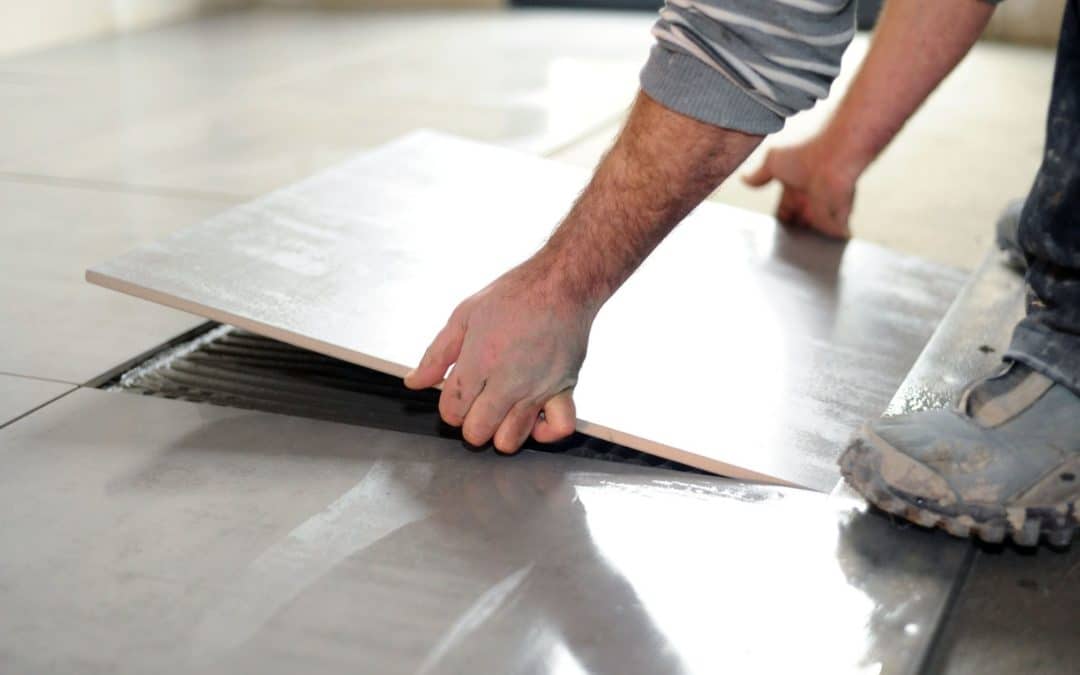Table of Contents
Can I Install Tile Myself?
Ceramic and porcelain tile installations are typically displayed as easy on reality TV remodel shows and in remodeling guidebooks. However, this is one that definitely falls into the category of home remodeling projects that look easier than they are. So the question remains, can I install tile myself? Read below to see if you’re up for the challenge.
Bottom Line
Laying tile is easy but laying tile and doing it well is difficult. From that angle, it may make more sense to hire a professional tiler than to do it yourself.
Easier Tilework
Projects that tend to be easier and the themes that revolve around them:
- Dry areas: Areas, where leakage may occur, are more difficult, entailing special backing material and grout-sealing. Showers, especially, can be maddening for the amateur tiler to make completely waterproof.
- Floors vs. walls: Slippage is one thing you are always combating with tilework on walls.
- Backsplashes that are more decorative than functional.
- Tile in the 4″ to 12″ range: Smaller tiles, especially mosaics, shift around a lot—even if that mosaic is attached to mesh.
- Using adhesive tile mats (though this has very limited uses).
- Ceramic and porcelain tile vs. stone tile: Stone tile is heavy to deal with and difficult to cut.
One tip is to begin your amateur tiling career with the most out of the way place possible in order to sharpen up your skills.
Tiling Challenges
- Dry thinset mortar is cheap, but it is also difficult to mix. The solution is to buy pre-mixed mortar. While significantly more expensive, pre-mixed thinset saves you from the aggravation of getting water-to-thinset measurements correct. Plus, mixing up dry thinset is physically difficult.
- Your tile work is only as good as your substrate or subfloor. If you do not have a good subfloor, your tile will not lie flat. Lippage will occur—adjoining tile edges that are not the same height. Even worse, a base floor that is not solid enough will eventually cause the tile to crack.
- Perimeter tiles will need to be cut. You can use either a wet tile saw or what is often colloquially called a snap tile cutter for this. More likely, you will want to use both types of tile-cutting tools. If you happen to have any bad cuts, you can position them so that the ragged cut falls under a baseboard or under a cabinet toe kick overhang.
- Even tiles within the perimeter can be difficult. They do not automatically fall into straight lines: you need to impose this.
- Laying tiles on a diagonal. Diagonal tile cutting can be a frustrating experience for the novice tiler.
- Spacing tiles correctly is hard. Be sure to use plastic tile spacers to impose the correct distance. While spacers are a pain to remove, they ensure perfect spacing of tile seams.
- Constantly being on your knees on a hard surface can affect the quality of your work. For this reason alone it is worth purchasing an inexpensive pair of tiler’s knee pads.
Bottom link is that yes, you can install tile yourself, but if your want it done right it is always best to contact a professional.

